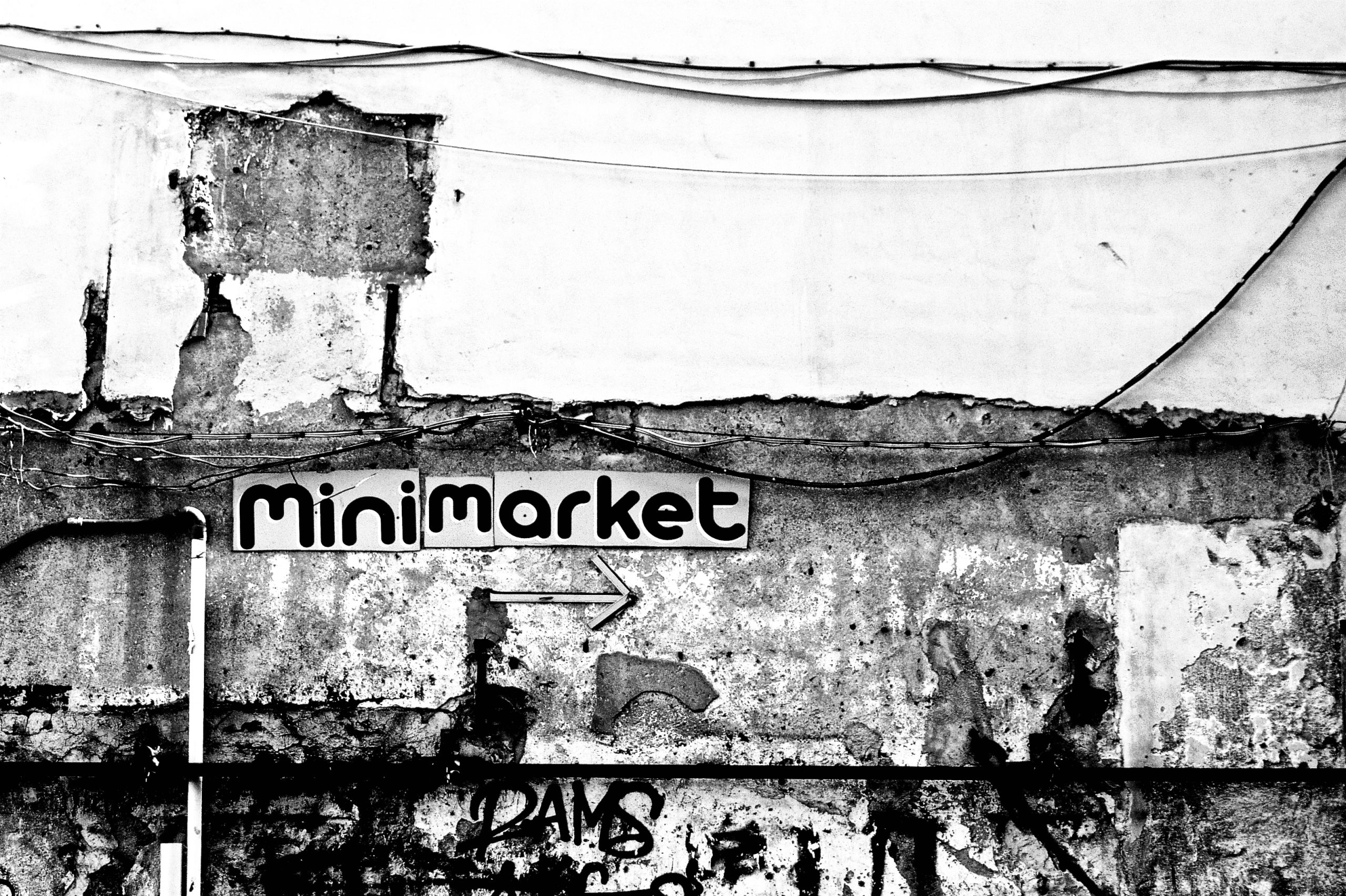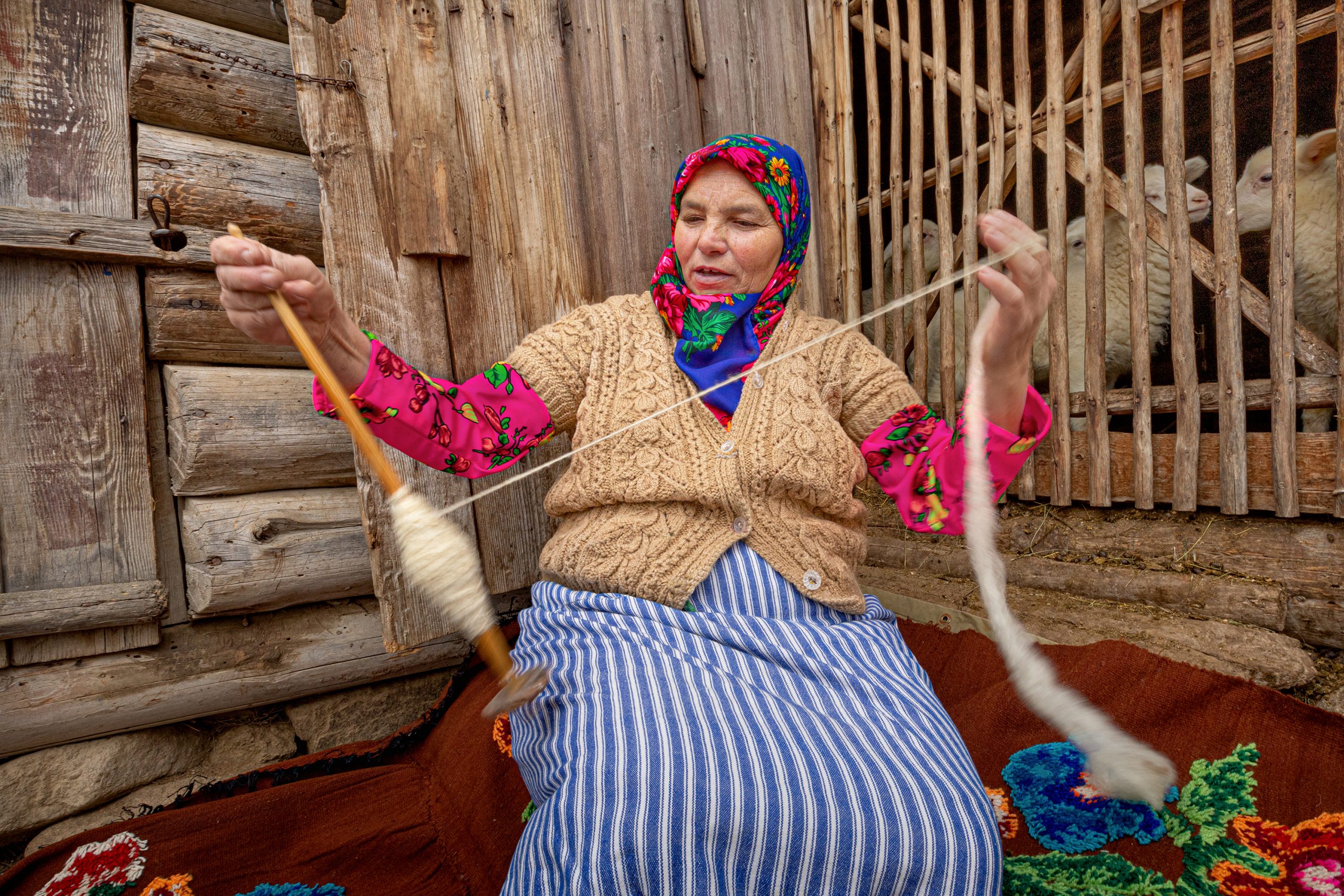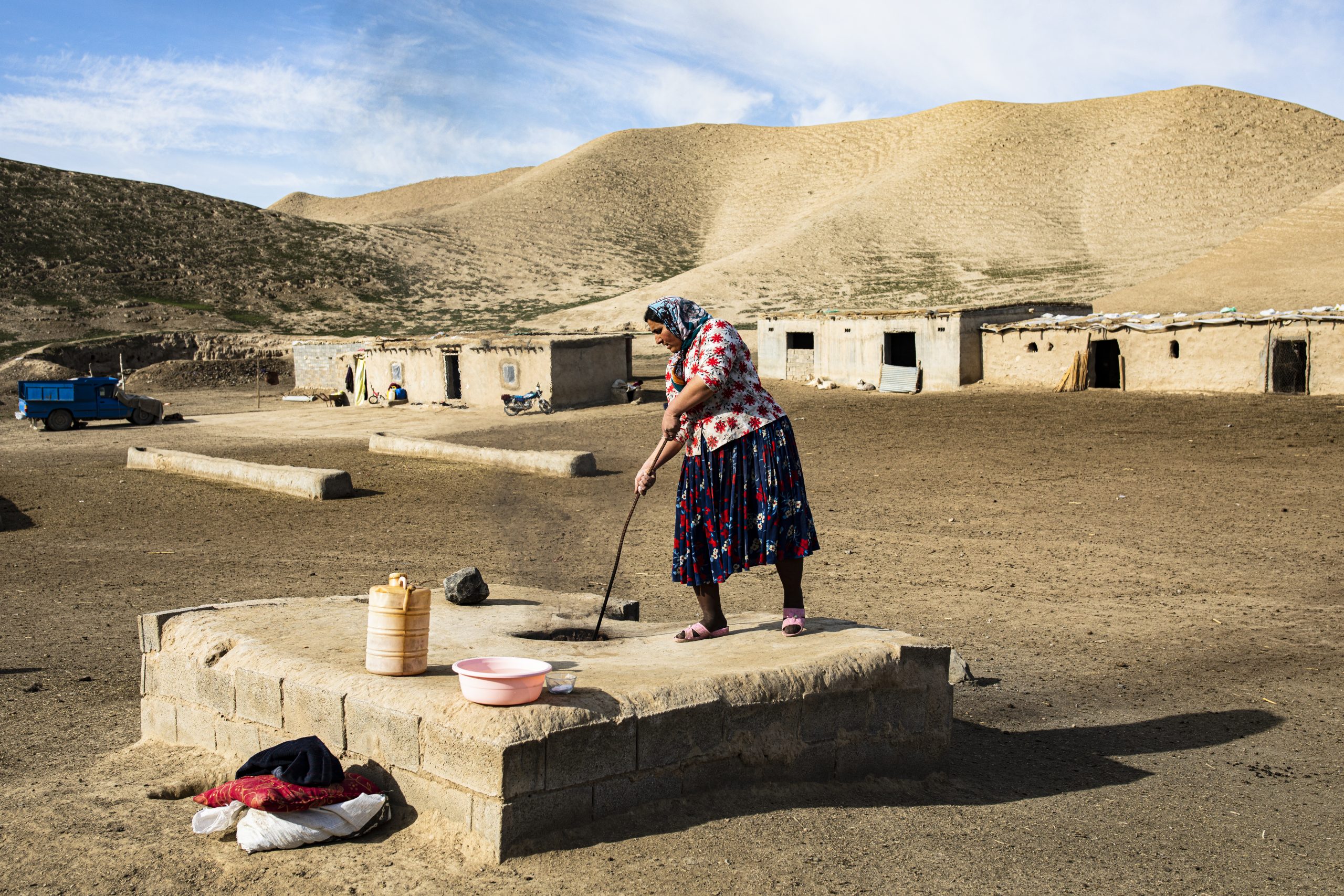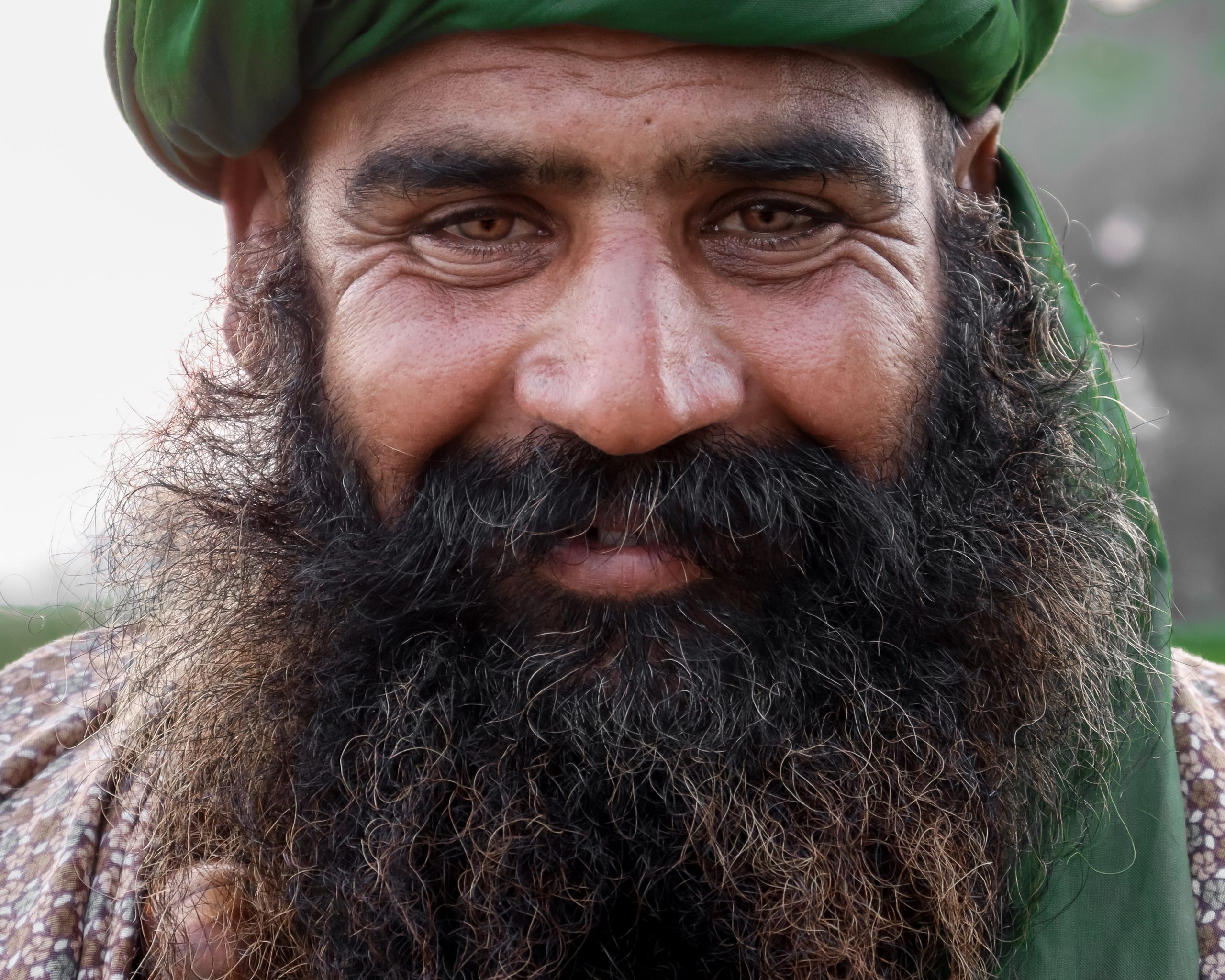Rosetta Bonatti – Palermo
Palermo does not need to wear the right dress to make you fall in love. It is like a Zen master who teaches you to see, in addition to the obvious one, the hidden, unexpected beauty, an authentic beauty that makes you feel the need to come back again.
The Phoenicians called it ‘Zyz’, which means ‘flower’. The Arabs ‘Balarm’, ‘Palormus’ the Romans, ‘Balermus’ the Normans. Only the name has adapted to the time. The city, the people, its food, are the result of this incredible contamination of peoples who gave it life.
In a room of Palazzo Abatellis there is The Annunciation of Palermo, by Antonello da Messina. Maria wears a blue veil like the Sicilian sea, while a light breeze stirs the pages of the book placed on a lectern. Outside, a few meters from that room, in the heart of the Kalsa district, a young Bengali woman is portrayed on the entire facade of a building, the pride and pride of living in public housing immersed in a context that testifies to ancient beauty. There is also blue in her veil and you can’t help but think about how much they resemble each other, despite their differences. They are as beautiful as the Madonnas depicted on the peeling walls of the local markets, you look at them in an open-air museum among often incomprehensible references and perfumes, while perched on a stool, you eat freshly grilled octopus, and think about how soft it is, it melts into mouth. The ghost of the nun who appears every evening on the bell tower overlooking the Capo market also wears the veil. But there are those who say that it is nothing more than a play of light created by the large beams that support the structure, and by the peeling walls of the bell tower. Those faces without a veil, or with a veil in mourning for the elderly, you see them in the women sitting in front of the doors of the house, watching over the children playing in the street. Above their heads, higher and higher, clothes hanging, improvised light connections, satellite dishes and a sky as blue as that Sicilian sea. They remain seated until it is time to go to cook. There, food is a manifestation of love. It is in houses, in restaurants, in kiosks along the seafront, and after hours around the city, when you go to eat, you feel like one of those children who have played for hours on the street, and there is no need to ‘other.
Palermo non ha bisogno d’indossare il vestito buono per farti innamorare. E’ come un maestro zen che ti insegna a vedere, oltre a quella palese, la bellezza nascosta, inaspettata, una bellezza autentica che ti fa sentire il bisogno di tornare ancora.
I Fenici la chiamarono ‘Zyz’, significa ‘fiore’. Gli arabi ‘Balarm’, ‘Palormus’ i Romani, ‘Balermus’ i Normanni. Solo il nome si è adeguato al tempo. La città, le persone, il suo cibo, sono il risultato di questa incredibile contaminazione di popoli che le hanno dato la vita.
In una stanza del Palazzo Abatellis c’è L’Annunciata di Palermo, di Antonello da Messina. Maria indossa un velo blu come il mare di Sicilia, mentre una leggera brezza agita le pagine del libro appoggiato su un leggìo. Fuori, a pochi metri da quella stanza, nel cuore del quartiere della Kalsa, una giovane donna bengalese è ritratta sull’intera facciata di un palazzo, orgoglio e fierezza di abitare nelle case popolari immersi in un contesto che testimonia antica bellezza. C’è dell’azzurro anche nel suo velo e non puoi fare a meno di pensare a quanto si assomigliano, pur nelle loro differenze. Sono belle come le Madonne raffigurate sui muri scrostati dei mercati rionali, le guardi in un museo all’aperto tra richiami spesso incomprensibili e profumi, mentre appollaiato su uno sgabello, mangi del polpo appena grigliato, e pensi a quanto è morbido, si scioglie in bocca. Porta il velo anche il fantasma della suora che ogni sera compare sul campanile che si affaccia sul mercato del Capo. Ma c’è chi dice che non sia altro che un gioco di luci creato dalle grosse travi che sostengono la struttura, e dalle pareti scrostate del campanile. Quei visi senza velo, o con il velo a lutto per le anziane, li rivedi nelle donne sedute davanti alle porte di casa, controllano i bambini che giocano in strada. Sopra le loro teste, sempre più su, panni stesi, allacci della luce improvvisati, antenne paraboliche e un cielo azzurro come quel mare di Sicilia. Restano sedute fino al momento di andare a cucinare. Lì il cibo è manifestazione d’amore. Lo è nelle case, nei ristoranti, nei chioschi sul lungo mare, e dopo ore in giro per la città, quando vai a mangiare, ti senti come uno di quei bambini che hanno giocato per ore in strada, e non c’è bisogno d’altro.





















